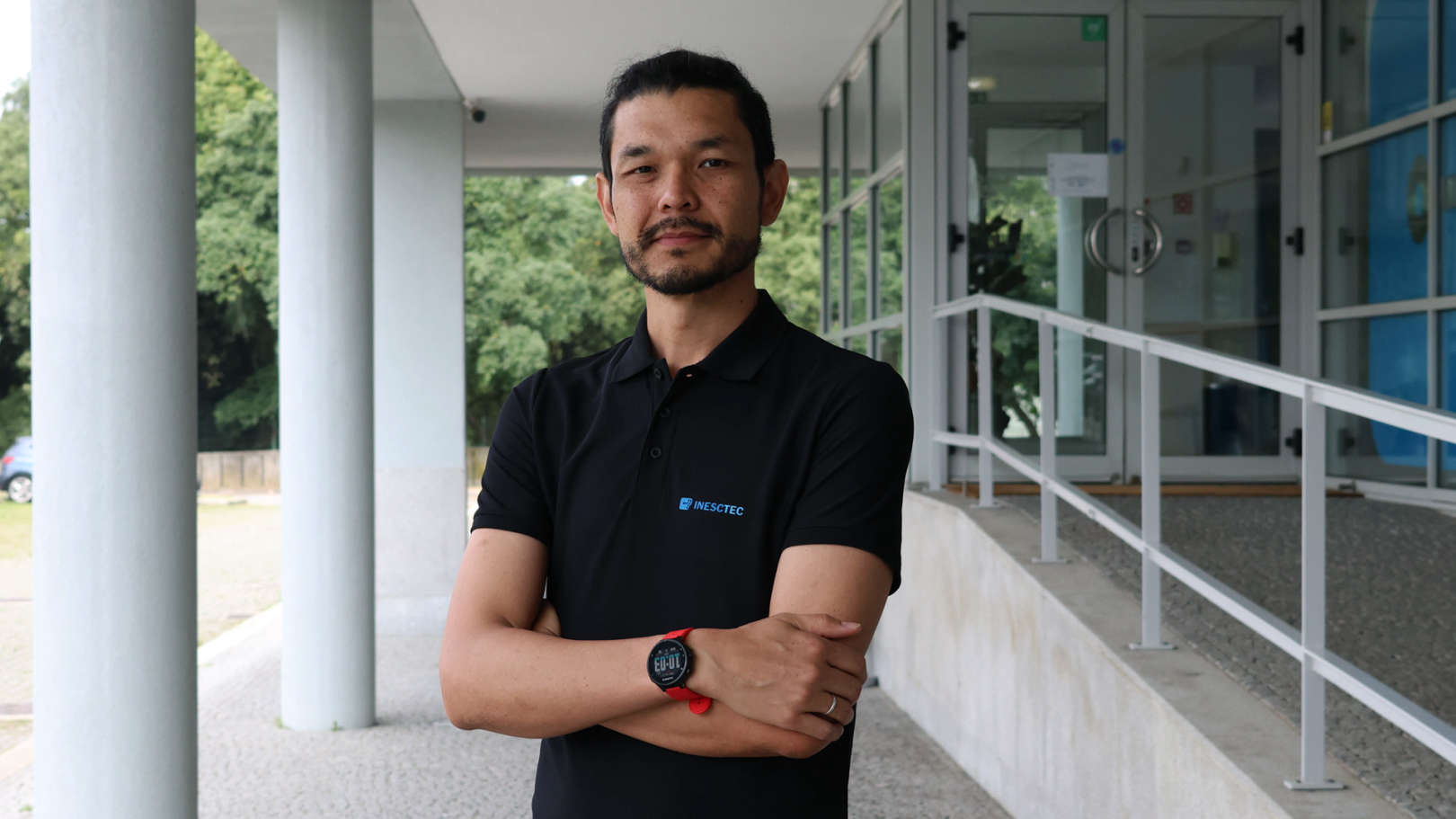About
Miguel Nakajima Marques was born in Rio de Janeiro, Brazil, in 1983. With a Master degree in mechanical engineering - mechatronics (2022) by the Campinas State University (Unicamp) and a bachelor degree in electrical engineering - energy systems and automation (2014) by the University of São Paulo (USP). His main drive is to positively impact the research and development of new embedded technologies, mainly in the agricultural area. He has vast experience in embedded development, using both traditional methods and innovative technologies like machine learning, evolutionary algorithms and intelligent systems. During his master, he developed a project in computer vision using deep convolutional neural networks to detect HLB disease in citrus plants. Having knowledge from his bachelor in low cost robotics projects and experience in the industry in the usage of intelligent systems, he is currently in the path to obtain his PhD in electrical and computer engineering in the faculty of engineering of the university of Porto (FEUP) to deepen the state of the art knowledge and advance the research in the area.


